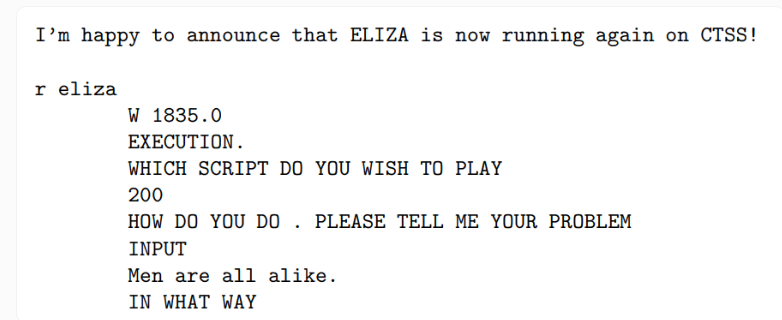After being dormant for over 60 years, the world's first chatbot, ELIZA, has finally resurfaced. A team of AI historians and computer scientists successfully revived this AI pioneer on its original operating system, opening a window into the history of computing.
This breakthrough began in 2021 when researchers discovered the original ELIZA code by Joseph Weizenbaum in the archives at MIT. This valuable find included the complete DOCTOR script, which is the core program that enables ELIZA to mimic Rogerian psychotherapy techniques, previously only available in modern programming language reproductions.

Image Source Note: Image generated by AI, licensed by Midjourney
The process of reviving ELIZA was fraught with challenges. The team had to deal with 2,600 lines of code with little documentation and run the program on a simulated IBM 7094 computer. During the repair process, researchers unexpectedly discovered a little-known "teaching mode" that allowed users to customize ELIZA's behavior by entering a "+". To maintain historical authenticity, the team even preserved the original program's peculiar flaw that caused it to crash when encountering numbers.

The historically significant ELIZA chatbot showcased her unique dialogue on the CTSS system. The interaction demonstrated typical therapeutic dialogue techniques, where ELIZA received user statements and reflected them back as questions.
ELIZA's revival is not only a significant moment in computer history but also sparks deep reflection on the nature of modern AI. It raises a fundamental question: Does AI need to fully replicate human thought processes to achieve intelligence? This question remains relevant in today's era of large language models like ChatGPT.
Researchers point out that ELIZA was the first robot to embody the Turing Test, paving the way for human-computer dialogue. Today, this concept is more inspiring than ever against the backdrop of rapid advancements in AI. The restored ELIZA code has been published on GitHub for anyone interested in exploring this unique technological heritage of computing history.
